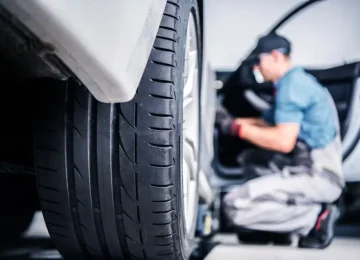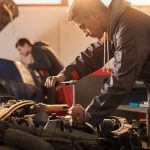3D printing technology has revolutionized the way auto parts are manufactured and repaired in the automotive industry. With the ability to create complex and customized parts quickly and cost-effectively, 3D printing has become a game-changer for the automotive sector.
Benefits of 3D Printing in Auto Parts Manufacturing
- Customization: 3D printing allows for the production of highly customized auto parts tailored to specific requirements, leading to improved performance and design flexibility.
- Rapid Prototyping: Prototyping new auto parts has become faster and more efficient with 3D printing, enabling manufacturers to test designs and make iterations quickly.
- Cost-Effectiveness: Traditional manufacturing methods often involve high costs for tooling and production, whereas 3D printing can reduce costs significantly, especially for low-volume production runs.
- Sustainability: 3D printing produces less waste compared to traditional manufacturing methods, making it a more environmentally friendly option for auto parts production.
Applications of 3D Printing in Auto Parts Repair
Aside from manufacturing new parts, 3D printing is also being utilized in the repair and maintenance of auto parts. Here are some common applications:
- Replacement Parts: When specific auto parts are no longer available or are expensive to source, 3D printing can be used to create custom replacement parts.
- Prototyping for Repairs: Before conducting repairs on a vehicle, 3D printing can be used to create prototypes of the damaged parts to ensure a precise fit and functionality.
- On-Demand Spare Parts: Car owners and mechanics can benefit from on-demand production of spare parts through 3D printing, reducing downtime and costs associated with waiting for replacements.
Challenges and Future Outlook
While 3D printing offers numerous advantages for auto parts manufacturing and repair, there are still challenges to overcome, such as material limitations, production speed, and quality control. However, ongoing advancements in 3D printing technology are addressing these issues and expanding the possibilities for the automotive industry.
The future of 3D printing in auto parts manufacturing and repair looks promising, with the potential for further innovation in materials, processes, and applications. As the technology continues to evolve, we can expect to see a greater integration of 3D printing in the automotive sector, leading to more efficient production, enhanced customization, and improved sustainability.
Overall, 3D printing is reshaping the landscape of auto parts manufacturing and repair, offering a glimpse into a future where complex parts can be created with precision and speed, ushering in a new era of innovation and efficiency in the automotive industry.












